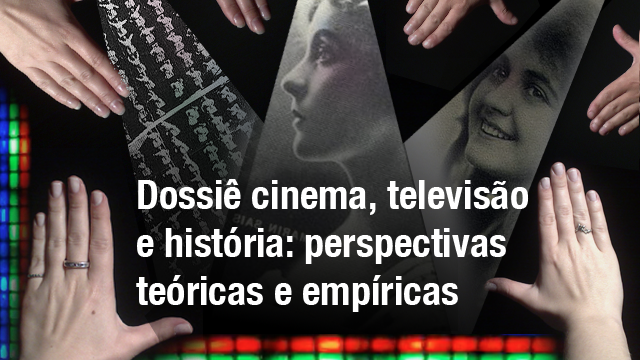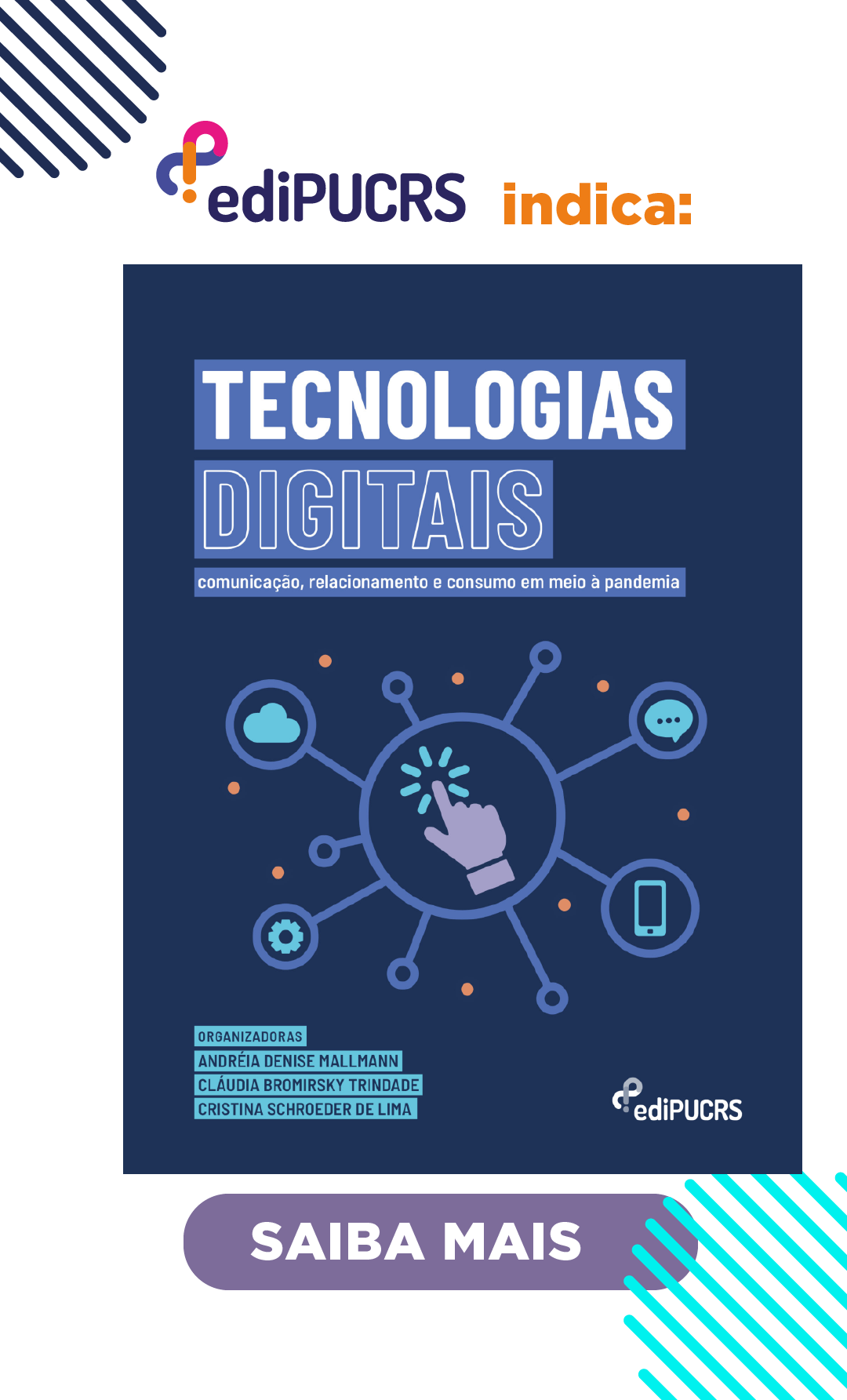End of television?
DOI:
https://doi.org/10.15448/1980-3729.2011.1.8799Keywords:
Lost, transmedia storytelling, post-network televisionAbstract
Television audiences are becoming increasingly fragmented, splitting their time between a myriad of media choices, channels and platforms. For the last few decades, TV consumers have migrated to more specialized, niche content via multichannel offers, due to the growing availability of on demand, self-programming and search features. On the other hand, audiences have became increasingly “active”, interacting with television thanks to the fan sites, download access, spoiler techniques and community network movements. This article aims to analyze the experience of the American serials Lost, as a product that introduces television in a post-network era.Downloads
References
ALBUQUERQUE, Afonso de. Lost e a Ficção Televisiva Transmídia. In: X Estudos de Cinema e Audiovisual. FABRIS, Mariarosaria e outros (Org.). São Paulo: Socine, 2010. Disponível em: http://www.socine.org.br/livro/X_ESTUDOS_SOCINE_b.pdf Acesso em: 23 fev. 2011.
BERMAN, Saul; Niall Duffy; Louisa Shipnuck. The End of Television as We Know It. Somers: IBM Global Services, 2006.
CANNITO, Newton. A Televisão na Era Digital. São Paulo: Summus, 2010.
FORMAGGIO, Dino. L’Idea di Artisticità. Milano: Ceschina, 1962.
JENKINS, Henry. Cultura da Convergência. São Paulo: Aleph, 2008.
PEARSON, Roberta. Lost in Transition”. Quality TV: Contemporary American Television and Beyond. J. McCabe & . Akass, ed. London: Tauris, 2007.
REGAZZONI, Simone. A Filosofia de Lost. Rio de Janeiro: BestSeller, 2009.
TOLEDO, Glauco Madeira de. Análise da Inserção de Elementos Narrativos Inéditos do Seriado Transmídia Lost em Seu Material Promocional”. In Revista, ano 3, n. 6, 2009.
______. “L for Lost”. Palestra proferida durante a XI Reunião Anual da Sociedade Brasileira de Estudos de Cinema e Audiovisual , São Paulo, 2010.
Downloads
How to Cite
Issue
Section
License
Derechos de Autor
La sumisión de originales para la Revista Famecos implica la transferencia, por los autores, de los derechos de publicación. El copyright de los artículos de esta revista es el autor, junto con los derechos de la revista a la primera publicación. Los autores sólo podrán utilizar los mismos resultados en otras publicaciones indicando claramente a Revista Famecos como el medio de la publicación original.
Creative Commons License
Excepto donde especificado de modo diferente, se aplican a la materia publicada en este periódico los términos de una licencia Creative Commons Atribución 4.0 Internacional, que permite el uso irrestricto, la distribución y la reproducción en cualquier medio siempre y cuando la publicación original sea correctamente citada.






